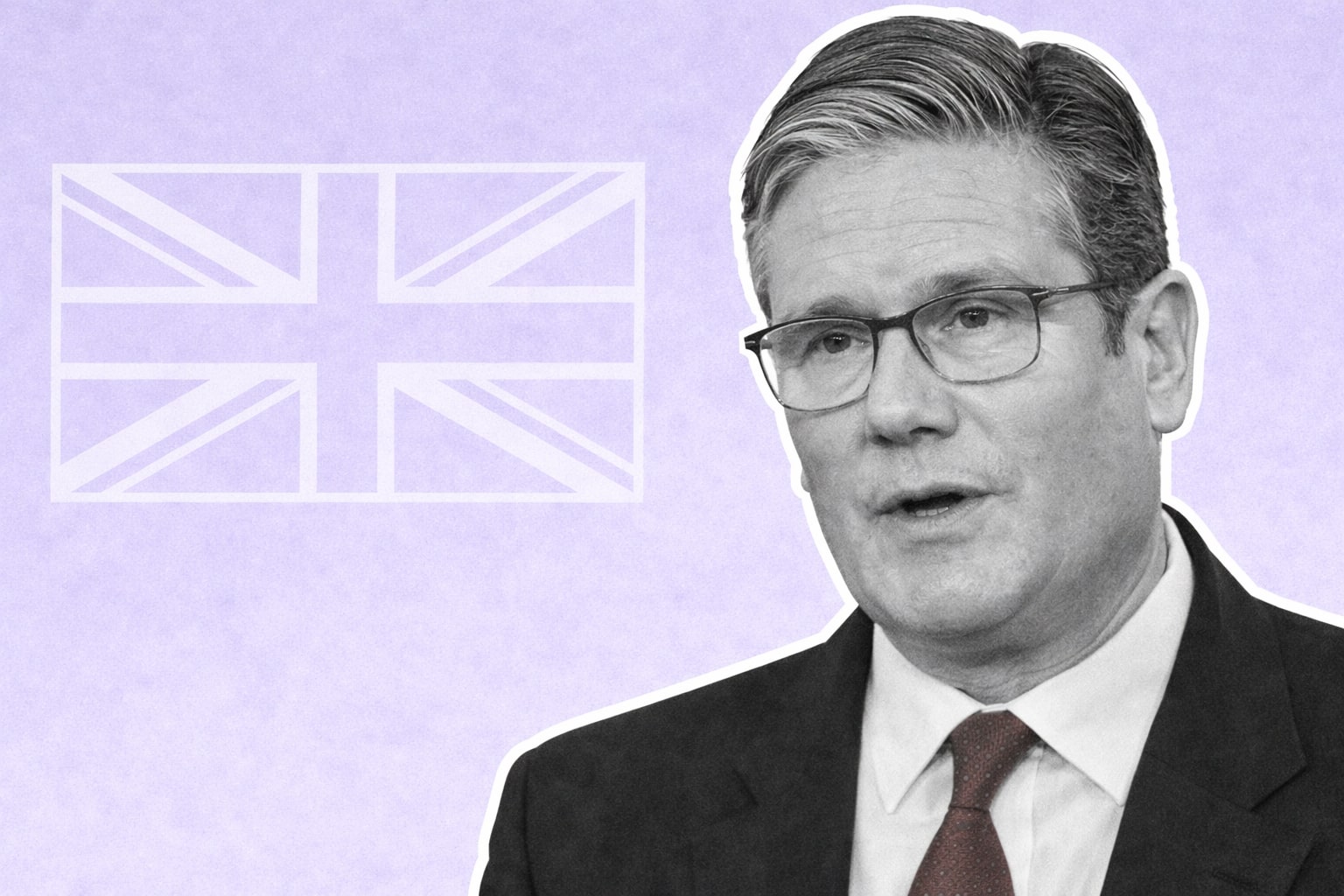
U.S. Debt Ceiling Crisis: Economic Implications and Key Factors at Play
Potential Ripple Effects of U.S. Debt Ceiling Crisis: Examining its Impact on Financial Markets, Liquidity, and Global Economy
In a seemingly never-ending saga of the US debt-ceiling impasse, financial analysts and investors have raised concerns over the market aftermath of a potential resolution. Notably, market veterans predict that once an agreement is reached, the US Treasury will need to ramp up borrowing to replenish its dwindling cash buffer, leading to an increase in Treasury-bill sales. This surge in supply, estimated to be well over $1 trillion by the end of the third quarter, could rapidly drain liquidity from the banking sector, causing a significant hike in short-term funding rates and potentially hampering the US economy, which is already at the brink of recession.
While the Federal Reserve's recent aggressive tightening cycle has already raised borrowing costs and affected economic growth, a sudden drain in liquidity could create further economic strains. As Ari Bergmann, founder of Penso Advisors, pointed out, a drop in liquidity could adversely impact risk markets such as equities and credit.
Interestingly, after a debt-cap resolution, the US Treasury's cash stockpile, known as the Treasury General Account, is projected to soar to $550 billion by the end of June, up from the current $95 billion. This increase could significantly affect liquidity across the financial system, since the Treasury's cash stockpile operates like the government's checking account at the Fed. However, some analysts are concerned that reserves might become scarce, upsetting funding markets that are at the core of many Wall Street trades.
Meanwhile, the US remains perilously close to the current federal debt limit of $31.4 trillion. Once it hits this ceiling, it could fail to meet all its payment obligations. Treasury Secretary Janet Yellen warned that this critical moment could arrive by June 1, and since mid-January, her department has been employing extraordinary measures to keep paying debts.
As "Trading News" observes, these developments have been keenly followed by global markets, with European shares rising on the back of hope that US politicians will avert a debt default. Wall Street has also mirrored this optimism, with the S&P 500 futures and Nasdaq futures each posting a modest 0.2% and 0.3% increase respectively. Notably, the US dollar index reached a seven-week high, likely due to the dollar's safe-haven appeal and concerns that persistent inflation might prompt the Fed to further raise interest rates.
Indeed, the economic indicators and market sentiments seem to suggest a growing confidence in a positive outcome regarding the debt-ceiling issue. Multi-asset strategist at UBS, Kiran Ganesh, argues that default remains a low-probability, high-impact event, and recent signals, such as President Biden's decision to return early from Asia, suggest that a resolution might be on the horizon.
However, not everyone is quite as optimistic. Jamie Dimon, CEO of JPMorgan, described an actual default as a potential "disaster," while Dennis Kelleher, Better Markets CEO, highlighted the precedent of 2011, where political brinkmanship led to a downgrade of US debt despite the absence of an actual default.
Evidently, the US debt-ceiling debate is more than just a domestic economic issue; it has far-reaching implications for global financial markets. Policymakers in Washington DC must not only ensure a resolution to the impasse but also consider the subsequent effects on the Treasury's cash balance, the Fed's portfolio runoff program, and higher policy rates.
As the "Trading News" observes, how the debt-limit issue resolves and its subsequent effects will set the economic tone for the remainder of the year and beyond. Understanding these developments is crucial for investors, as they will influence not only the health of the US economy but also the broader global financial landscape. This is a timely reminder of the interconnectedness of today's global economy and the ripple
effects that decisions made within one nation can have on the rest of the world.
In this current climate of uncertainty, market fears have been fueled not just by the prospect of a historic US default, but also by the potential aftermath of a resolution to the ongoing debt-ceiling impasse. Ari Bergmann, founder of New York-based Penso Advisors, a firm that specializes in risk management, suggests investors to remain cautious, foreseeing a possible impact on the economy following a resolution. As Trading News notes, the dynamics of Treasury's cash balance, the Federal Reserve's quantitative tightening, and the repercussions of higher policy rates are likely to have implications on the economy and risk assets alike.
One of the challenges will be the Treasury's scramble to restore its dwindling cash buffer, as it seeks to ensure its ability to meet financial obligations. This entails a massive issuance of Treasury bills estimated to be over $1 trillion by the end of the third quarter. Such a significant increase in supply is predicted to drain liquidity from the banking sector, escalate short-term funding rates, and potentially tighten the US economy. This could, according to Bank of America Corp., result in an economic impact akin to a quarter-point interest-rate hike.
The US cash stockpile or the Treasury General Account is expected to climb from its current $95 billion to $550 billion by the end of June and even further to $600 billion three months later, based on the Treasury's recent projections. The surge in the Treasury's cash pile will inevitably affect the liquidity within the financial system, pulling funds from the private sector and storing them in the department's account at the Fed. This potential liquidity drain could result in a significant reduction in bank reserves, presenting a major concern for investors and the market as a whole.
Adding to the complexity of the situation is the Federal Reserve's reverse repurchase agreement facility, known as the RRP, which currently stands over $2 trillion. Here, money-market funds temporarily store their cash
effects that decisions made within one nation can have on the rest of the world.
In this current climate of uncertainty, market fears have been fueled not just by the prospect of a historic US default, but also by the potential aftermath of a resolution to the ongoing debt-ceiling impasse. Ari Bergmann, founder of New York-based Penso Advisors, a firm that specializes in risk management, suggests investors to remain cautious, foreseeing a possible impact on the economy following a resolution. As Trading News notes, the dynamics of Treasury's cash balance, the Federal Reserve's quantitative tightening, and the repercussions of higher policy rates are likely to have implications on the economy and risk assets alike.
One of the challenges will be the Treasury's scramble to restore its dwindling cash buffer, as it seeks to ensure its ability to meet financial obligations. This entails a massive issuance of Treasury bills estimated to be over $1 trillion by the end of the third quarter. Such a significant increase in supply is predicted to drain liquidity from the banking sector, escalate short-term funding rates, and potentially tighten the US economy. This could, according to Bank of America Corp., result in an economic impact akin to a quarter-point interest-rate hike.
The US cash stockpile or the Treasury General Account is expected to climb from its current $95 billion to $550 billion by the end of June and even further to $600 billion three months later, based on the Treasury's recent projections. The surge in the Treasury's cash pile will inevitably affect the liquidity within the financial system, pulling funds from the private sector and storing them in the department's account at the Fed. This potential liquidity drain could result in a significant reduction in bank reserves, presenting a major concern for investors and the market as a whole.
Adding to the complexity of the situation is the Federal Reserve's reverse repurchase agreement facility, known as the RRP, which currently stands over $2 trillion. Here, money-market funds temporarily store their cash with the central bank at a rate of just over 5%. As Matt King at Citigroup Inc. notes, the continued trend of money funds parking cash in RRPs, combined with an increase in the Treasury's cash account, could cause a sizable reduction in bank reserves. In addition, major central banks have already been reducing liquidity through aggressive tightening campaigns and efforts to reduce their balance sheets.
The potential scarcity of reserves could destabilize funding markets, affecting trades at the heart of Wall Street. Priya Misra, the head of global rates strategy at TD Securities, expressed concern over increasing repo rates which can trigger a significant risk-off in the market, particularly impacting hedge funds whose business models heavily rely on borrowing money.
Turning our attention to the market sentiment, despite the gloomy forecast, there seems to be a ray of optimism. Both the European and Wall Street shares witnessed an uptick, and traders expressed hope that the U.S. politicians would reach a deal to stave off the impending debt default. This optimism was reflected in President Joe Biden and top U.S. congressional Republican Kevin McCarthy's determination to reach a deal soon to raise the government's $31.4 trillion debt ceiling. This positive outlook continued to permeate the Asian markets with Japan's Nikkei reaching a new 20-month high.
However, amidst this optimism, the reality of the situation is sobering. The U.S. is perilously close to the federal debt limit of $31.4 trillion, beyond which it would lose its ability to meet all its payment obligations. Treasury Secretary Janet Yellen has warned that the critical juncture, referred to as the X-date, could be reached by June 1. Since mid-January, the Treasury has been resorting to extraordinary measures such as reducing benchmark bill auction sizes to continue paying debts.
Historical events do
indeed serve as stark reminders of the potential fallout from similar scenarios. One such case was the 2011 debt ceiling impasse, where a protracted stalemate over raising the debt limit led to Standard & Poor's downgrading the U.S. credit rating from AAA to AA+. The subsequent jolt to the stock market resulted in billions of dollars of losses.
Additionally, the market disruption of late 2019, known as the "repo madness", is another critical example. A sudden shortage of cash in the overnight lending market led to a spike in the repo rate. The Federal Reserve had to intervene by pumping billions of dollars into the economy, an action that was initially meant to be a temporary fix but ended up becoming a regular operation.
Even the hint of a U.S. default could unnerve investors globally. If the U.S. were to default, it would mean that the government couldn't pay its bills, including interest on its debt. Given that U.S. government bonds are widely held as secure investments, this could potentially trigger a sell-off, increasing yields and making it even more expensive for the government to borrow in the future. Moreover, it could also cause a spike in interest rates across the economy, making borrowing costlier for consumers and businesses alike.
Considering these potential risks and the volatile nature of the financial markets, it becomes clear that the decisions made in the halls of Congress can reverberate around the globe. While the hope is that lawmakers will be able to reach a timely resolution to this issue, the reality is that the ongoing uncertainty is likely to continue impacting global financial markets in the meantime.
A sobering quote from Ben Bernanke, former Chairman of the Federal Reserve, perhaps best captures the potential severity of the situation. He once said, "The U.S. government has a technology, called a printing press (or, today, its electronic equivalent), that allows it to produce as many U.S. dollars as it wishes at essentially no cost. But what happens when the trust in that currency, in that promise, wavers?"
As we await the resolution of the debt ceiling debate and grapple with its global implications, it's crucial to remember the delicate balance that governs our interconnected world economy and the significant ripple effects that decisions made within one nation can have on the rest of the world.
Read More
-
Pagaya Stock Price Forecast - PGY at $23.20: Is PGY Stock the Cheapest AI Fintech of 2026?
19.12.2025 · TradingNEWS ArchiveStocks
-
XRP Price Forecast: XRP-USD Stuck at $1.87 With $3 2026 Target and $10–$25 Long-Term Range
19.12.2025 · TradingNEWS ArchiveCrypto
-
Oil Price Forecast: WTI Near $56 and Brent at $60 Signal Risk Toward $50
19.12.2025 · TradingNEWS ArchiveCommodities
-
Stock Market Today: AI Chip Rally Lifts Nasdaq as $7.1T Quad Witching Hits
19.12.2025 · TradingNEWS ArchiveMarkets
-
GBP/USD Price Forecast - Pound at 1.34 As BoE Cut And Soft Dollar Keep Bullish Path Toward 1.35
19.12.2025 · TradingNEWS ArchiveForex



















